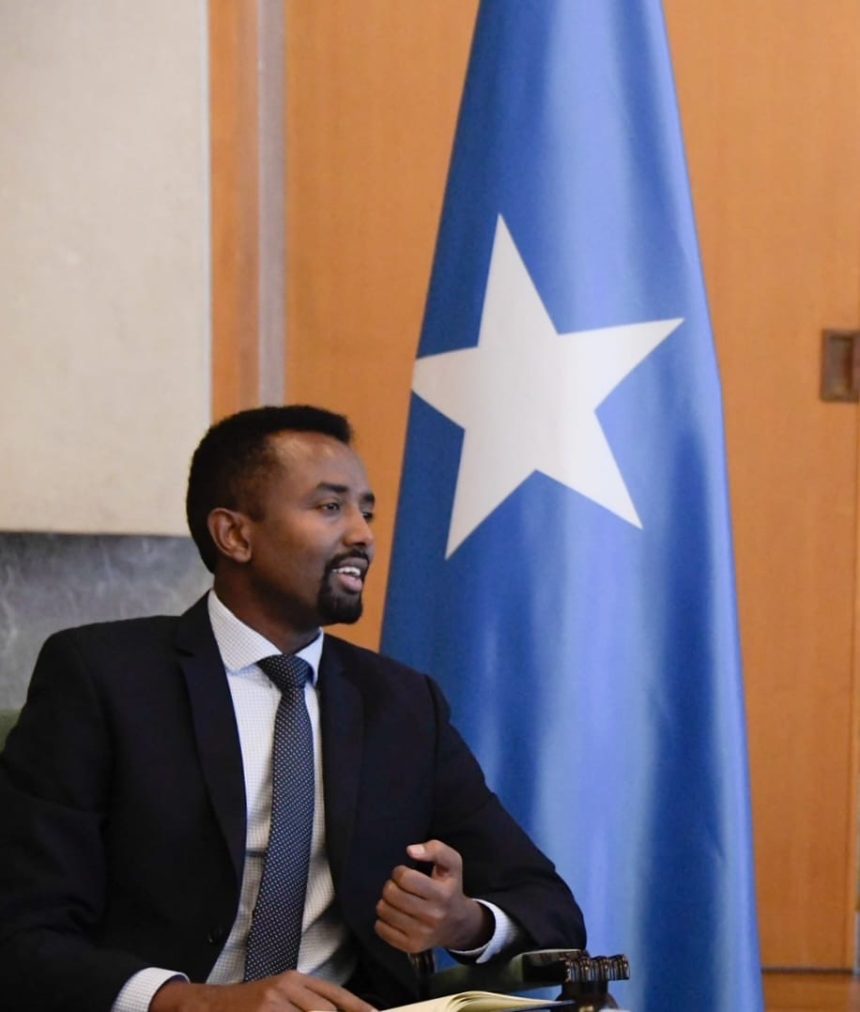By: Mohamed Abdullahi Ahmed, Ambassador Extraordinary and Plenipotentiary of the Federal Republic of Somalia to the Republic of Serbia.
The Red Sea, a vital artery in global trade and maritime navigation, has long held strategic importance for the world’s economy and security. Connecting the Mediterranean Sea through the Suez Canal to the Indian Ocean, it serves as one of the busiest and most crucial maritime corridors. Every year, billions of dollars’ worth of goods, including oil, food, and manufactured products—pass through these waters, sustaining the lifelines of international commerce. Yet today, this region stands at a dangerous crossroads.
Recent conflicts, geopolitical rivalries, and the threats of piracy and terrorism have turned the Red Sea into a flashpoint of global concern. From the entire world, including the Far East, the Gulf Cooperation Council (GCC) for Arab States, Yemen, and the Horn of Africa, instability on land is spilling into the sea, threatening not only regional but global peace.
In this crucial context, affecting the lives of the billions of the global population. But the intellectuals, world leaders, the well-known Figgers, must prioritize collective action and careful eyes to preserve the security and stability of this critical maritime zone.
The Red Sea’s security is not the responsibility of one nation or region alone. Its waters touch the shores of Africa and the Arabian Peninsula, but its impact ripples across continents. Europe depends on it for energy supplies, Asia for shipping lanes, and the Middle East for economic access. As such, safeguarding this region is a shared responsibility that lies with the global community, including organizations such as the Indian Ocean Rim Association (IORA), the Arab League, the European Union (EU), the African Union (AU), and all international actors.
Efforts to ensure peace and security in the Red Sea should focus on three core areas: diplomacy, development, and defense cooperation.
First, diplomacy must be elevated to resolve ongoing conflicts and reduce tensions among Red Sea littoral states. Inclusive regional dialogue forums supported by international partners—especially the United Nations and the African Union—are essential.
Second, economic development and job creation across Red Sea nations must be prioritized to address the root causes of instability. Poverty, unemployment, and weak governance create fertile ground for extremism and crime. Investment in infrastructure, ports, and trade integration can transform the region into a zone of prosperity rather than conflict.
Third, coordinated maritime security frameworks are vital. Multinational naval operations, intelligence sharing, and capacity building for coastal states must be strengthened. This includes combating illegal fishing, arms smuggling, and human trafficking—all of which contribute to insecurity in the region.
The Red Sea is more than just a body of water; it is a geopolitical crossroads where the world, Africa, the Middle East, and the wider international community converge. Failing to ensure its peace and security could disrupt global trade, deepen humanitarian crises, and spark further conflicts. However, with shared vision and leadership, it can become a model of cooperation and resilience.
Now more than ever, the world needs a united approach to protect this maritime corridor of immense importance. World leaders must rise to the challenge—not for the sake of one nation or region, but for global stability and the future of the international order.
“Peace and international security require not only treaties and diplomacy but trust and cooperation.”





